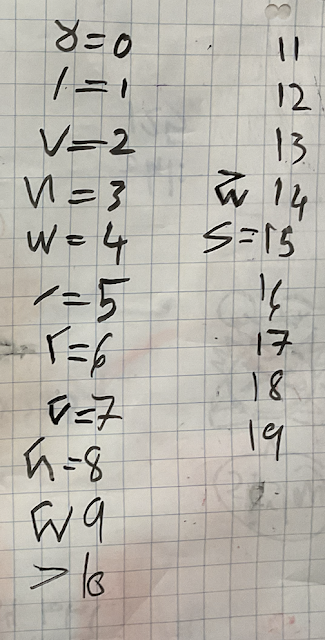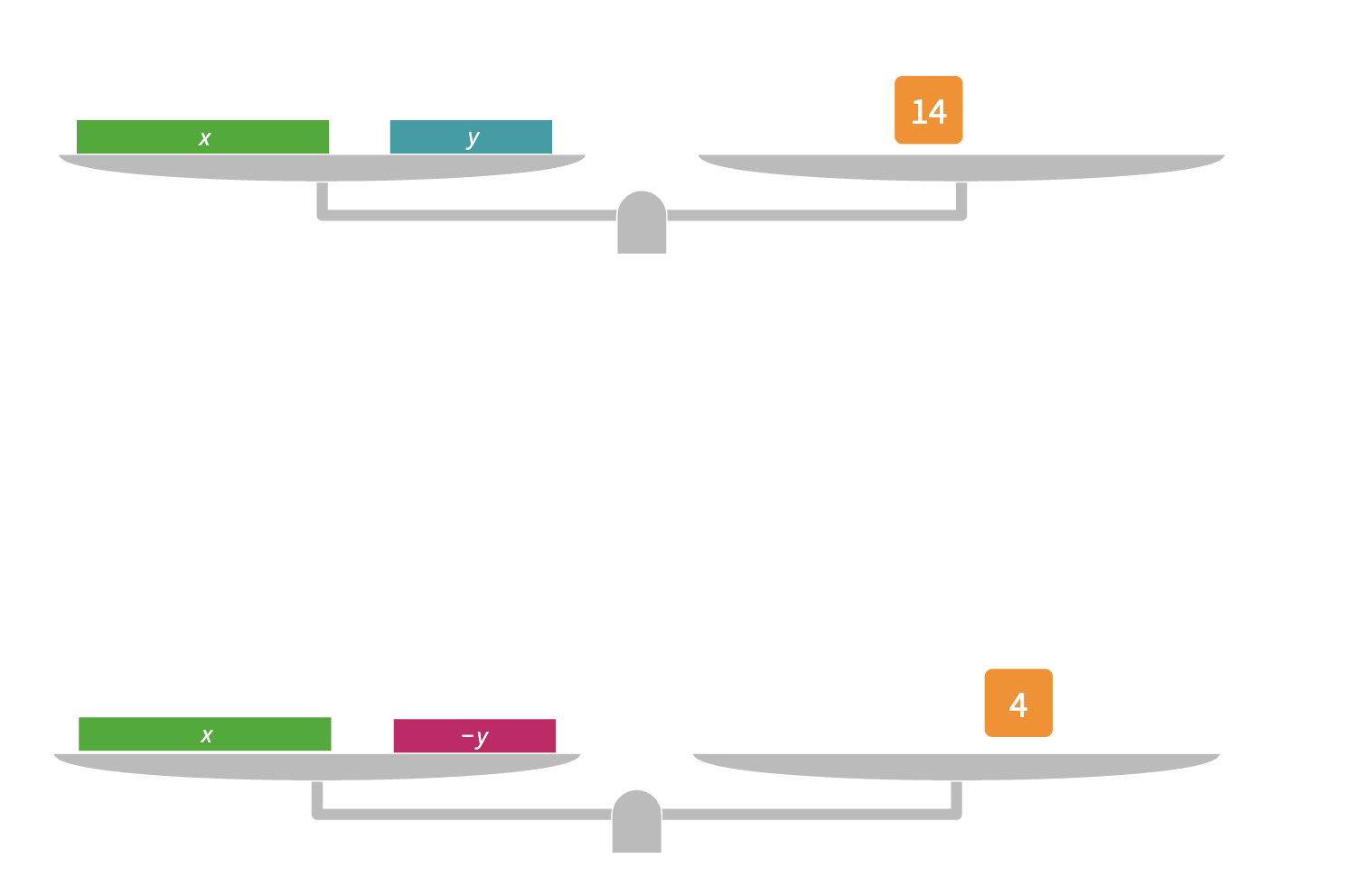One of the things I like to do as a teacher is provide visual proofs of why certain formulas work. A nice one that I use a lot in high school shows how to find the sum of the first n natural numbers:
The Math Guy
A Math(s) teacher from Yorkshire, now working in Ontario and always learning about how students best learn Math(s).
Wednesday, November 5, 2025
The Sum of the First n Square Numbers
Tuesday, September 2, 2025
What Do You Notice with Google Trends?
For the first lesson of any semester, I ask students to complete this sentence:
Math is the study of...
I get a variety of responses with the most common one being 'numbers' although 'logic' and 'solving problems' often get mentioned. I then tell the students that:
Math is the study of patterns.
I give examples of how it is sometimes patterns in number, or patterns in algebra, or patterns in shapes. I then say that it is sometimes patterns in data. Today, I showed students this image. I explained that I had typed in a phrase to Google Trends which then produced this graph to show how often people had searched that term since 2004. I then asked them to discuss the graph in pairs and to think about what they noticed:
Moving around the room, I could hear lots of students noticing that there were big spikes in the data at regular intervals. A lot of students surmised, correctly, that this spike was an annual occurrence. Some noticed that the biggest spike occurred in 2020. Others wondered what the numbers on the y-axis represented (they represent relative interest over time). Others wondered at what time of year the spikes occur. It is difficult to judge the exact month on this graph but as I was able to access the original graph on the Google Trends site, I could tell them that the large spikes occurred each August. One student noticed another almost imperceptible spike each year and I confirmed that this was each January.I then gave the class a minute to think about what phrase could produce data with this distinctive pattern. Some wondered if it could be connected to holidays but most suggested that it might be something to do with schools. In fact, the phrase that I used was 'Back to school'!
One student made a suggestion though that I wanted to explore further. He thought it might be something to do with allergies. Realising that there might be seasonal spikes for this search term, I thought it would be good to generate the graph there and then, and these are the two graphs superimposed:
Tuesday, November 26, 2024
Quadratic Card Sort
My grade 10s have been working on quadratic relations and I thought that a good way to help them consolidate all their learning was to give them this card sort. I first saw this years ago in the NCETM's Improving Learning in Mathematics and I made some slight adaptations.

I started by giving the students these two sets of cards:
and they began cutting them out and matching the standard form to the factored form:
Immediately, there were lots of great discussions on factoring, too many almost to track!
When I saw that a group had made the correct matches, I then gave them these cards about the intercepts:

Lots of good connections were being made now as students used the factored form and the intercepts to make their decisions. They were then ready for the next set of cards which were the maxima or minima.
I have not done vertex form with them yet so I was curious as to how they would manage with these. But by using a bit of intuition, they matched the y=(x–5)^2–9 equation with the card that said 'Minimum: (5, -9)' I could then ask groups to expand and simplify the vertex form to see that it matched the standard form of y=x^2+10x+16.
At this point, I was able to get the class to see that when we write an equation in vertex form, it allows us to immediately see the co-ordinates of the vertex which, for some problem solving situations, is important to know. They will learn more about this in the next unit.
Finally, each set of cards purposely had a blank template so I challenged the students to create their own set of cards. I wish I left more time for this though as most groups did not have enough time to complete a full set of cards (a sample is shown below):

Monday, May 27, 2024
Kaktovik Numerals
In August 2021, I stumbled across the wonderful Katovik numeral system.
Kaktovik is a city in northern Alaska. In the 1990s, the students at a school in Kaktovik realised that there were problems matching Hindu-Arabic numerals to the patterns of their Iñupiaq language. As part of their math enrichment class, they set out to create new numerals that matched their language.
The Iñupiaq language of Alaska uses a Base-20 for its numerals with subdivisions for groups of 5. There are some rule breakers (looking at you, 6) and numbers before a multiple of 5 have a subtractive element '-utaiḷaq' included so 14 is a bit like saying 15 – 1.
The students devised a brilliant numeral system that matched their language (revealed below). I created and shared a task that teachers could use to get their students to learn about these wonderful numerals. This was originally meant to be a task for Grade 9s but today I tried it with two Grade 8 classes for the first time.
First, I showed them that they are already familiar withe different number systems that we use:
- There are pros and cons to any numeral system.
- Don't assume that what you are familiar with is always the best way of doing things.
- Anyone can create math that can have a positive impact on their community.
* * *
More information about the development of Kaktovik numerals and how they can be used to facilitate arithmetic operations can be found in this Scientific American article from April 2023.
UPDATE:
Some colleagues tried this in another Grade 8 class and saw this on one group's work!
Friday, December 15, 2023
Developing Some Triangle Properties in Grade 9
Triangle properties are now a part of the grade 9 de-streamed math curriculum and after doing some circle properties in a couple of classes, I tried a couple of activities intended to help students develop two important triangle properties. As usual, I wanted to use a concrete-diagrammatic-symbolic approach to this.
I began by showing students this daigram and asking students what type of triangle it was:
Without exception, all students said it was an isosceles triangle...Wednesday, November 22, 2023
A Visual Approach to Solving Linear Systems by Elimination
I've been lucky enough to work with a teacher of a Grade 10 Applied class and we have been trying to adopt a more visual approach to help students make sense of solving linear systems. We began by challenging students with this puzzle:

















































